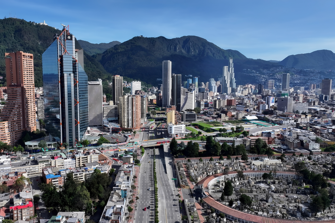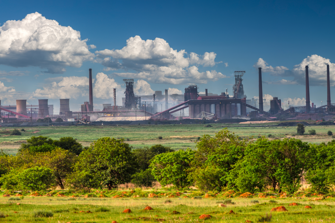
- #Advies van Experts
- #Onze Oplossingen
Een nieuwe manier om risico's te beheren: het tijdperk van slimme dashboards
Met de opkomst van de volgende generatie dashboards en connectiviteitsoplossingen ondergaat commercieel risicobeheer een fundamentele verandering: het wordt intuïtiever, responsiever en meer op samenwerking gericht. Ontdek hoe u de kracht van dashboards kunt benutten om uw bedrijf met flexibiliteit, prestaties en anticipatie te sturen, van rapportage tot governance.






